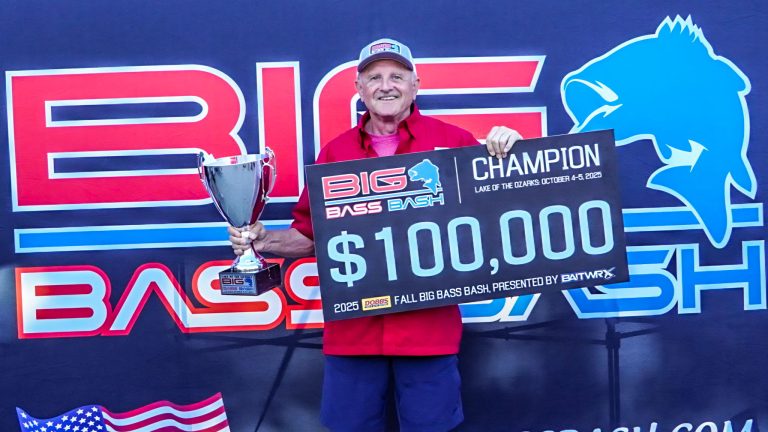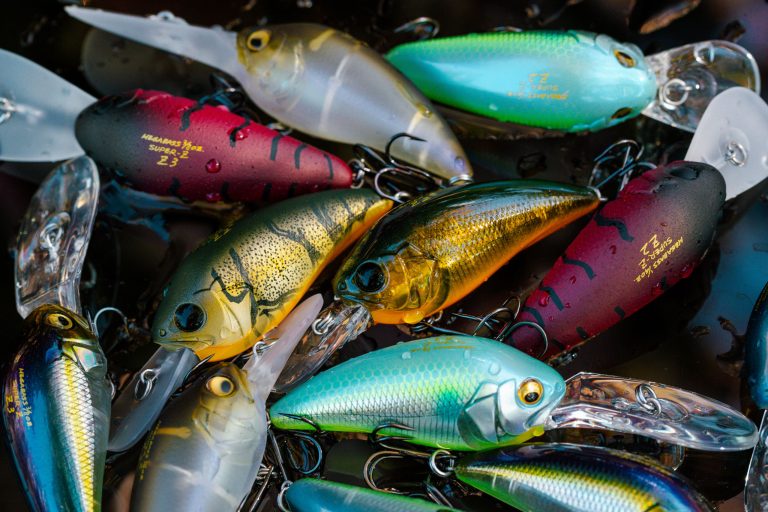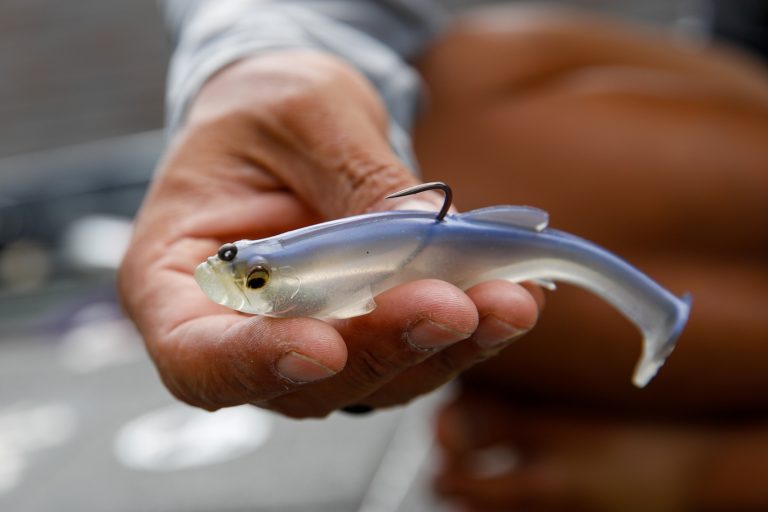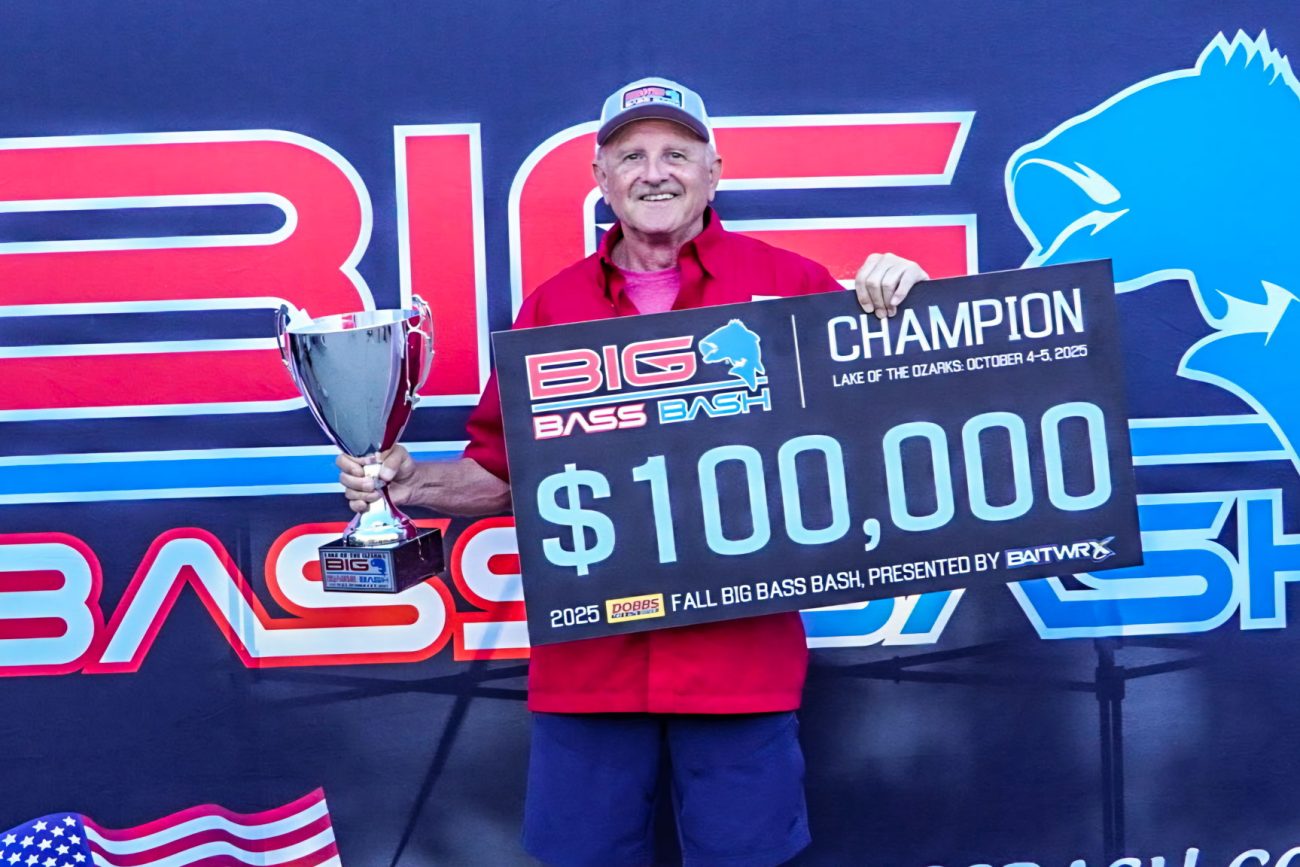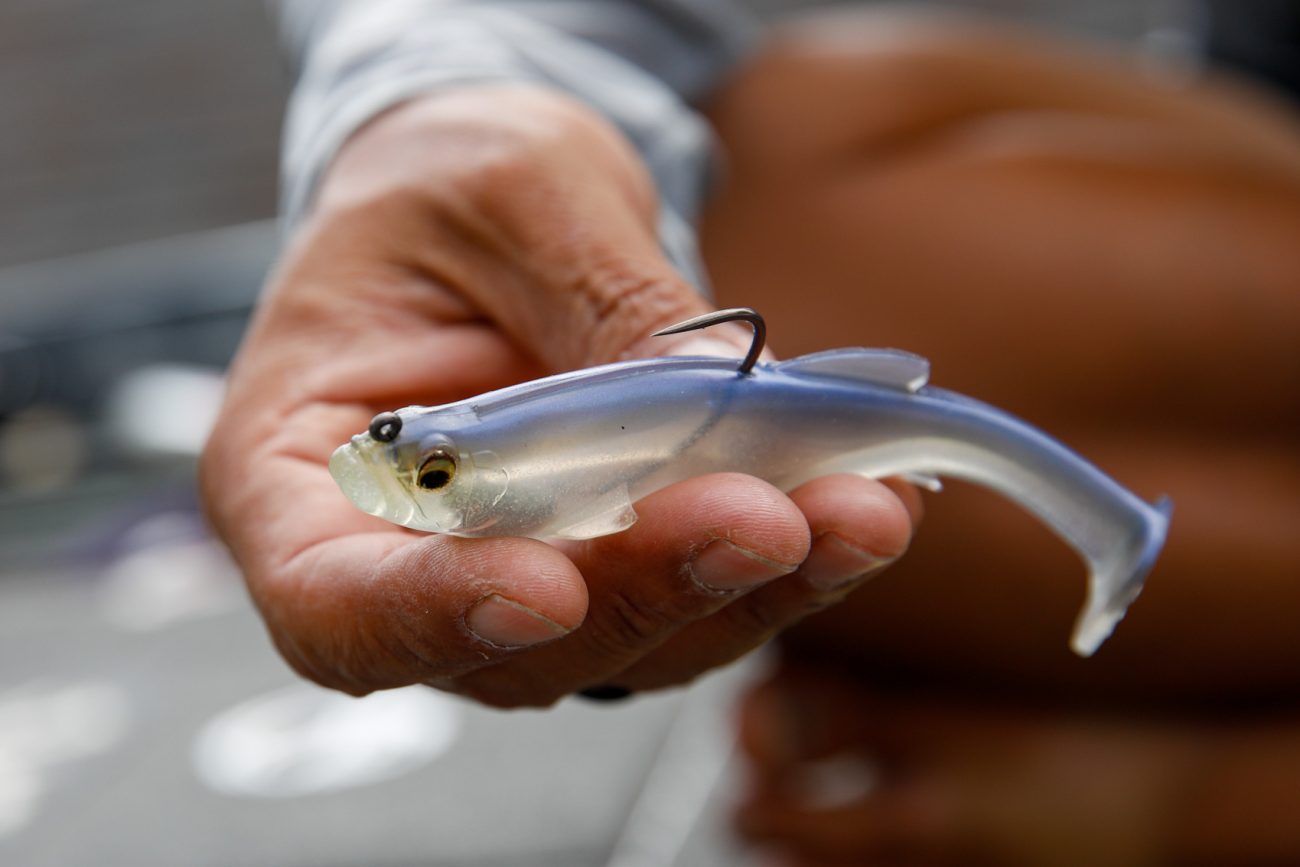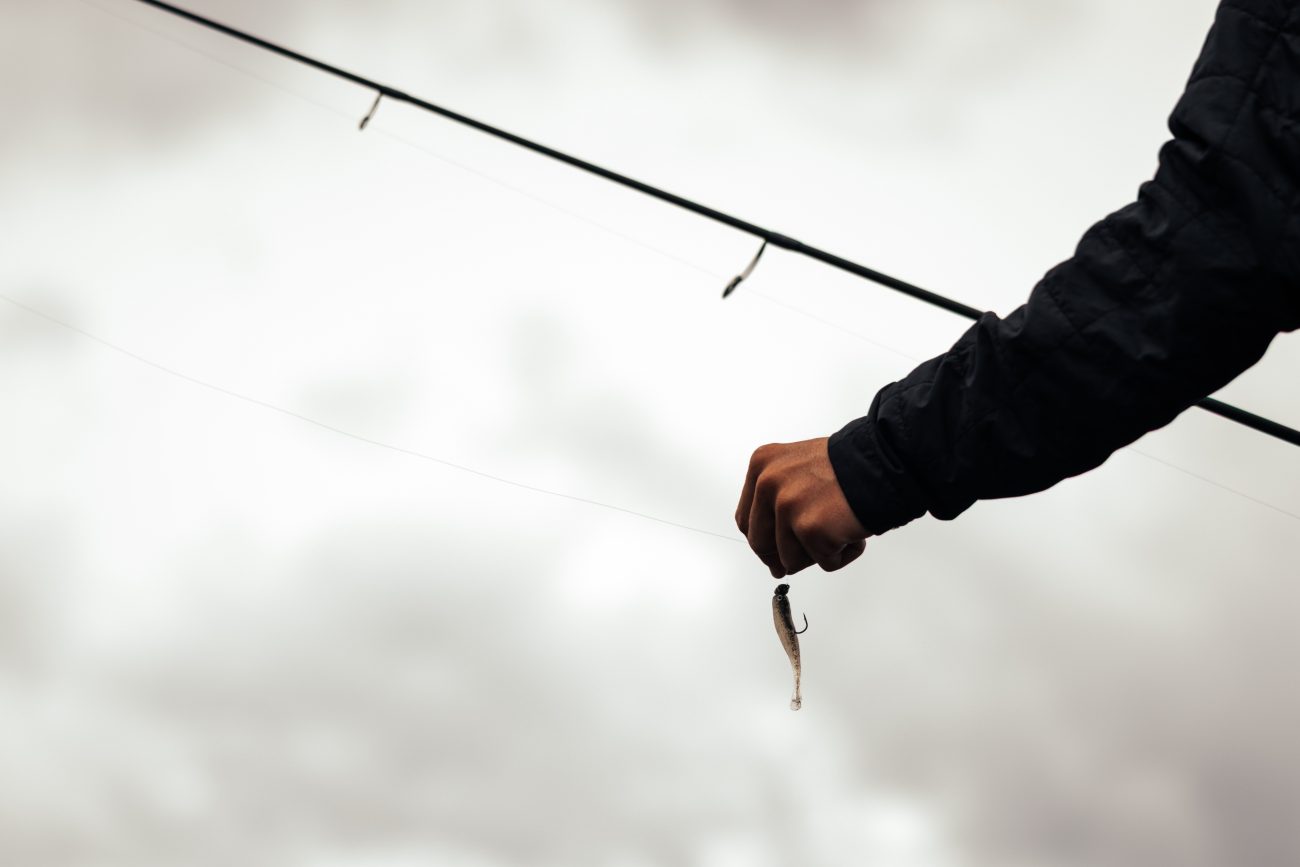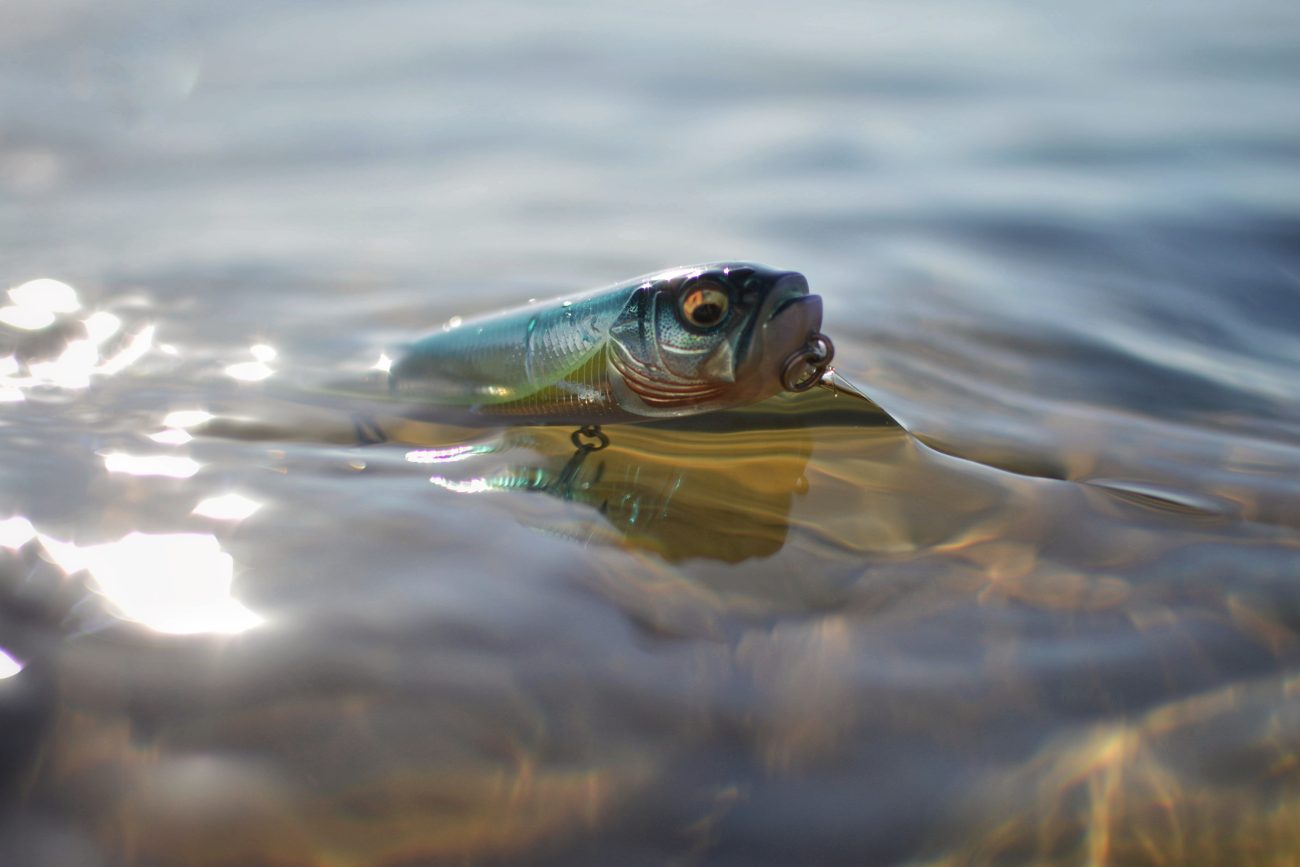How did a hardcore tournament bass angler end up with an ultra-lightweight baitcasting rod, 4lb test and a 4g lure? In retrospect, it’s not hard to see how Justin Perelli’s passion for bass fishing morphed into a bait finesse trout obsession, but his path certainly took him on a long and winding road.
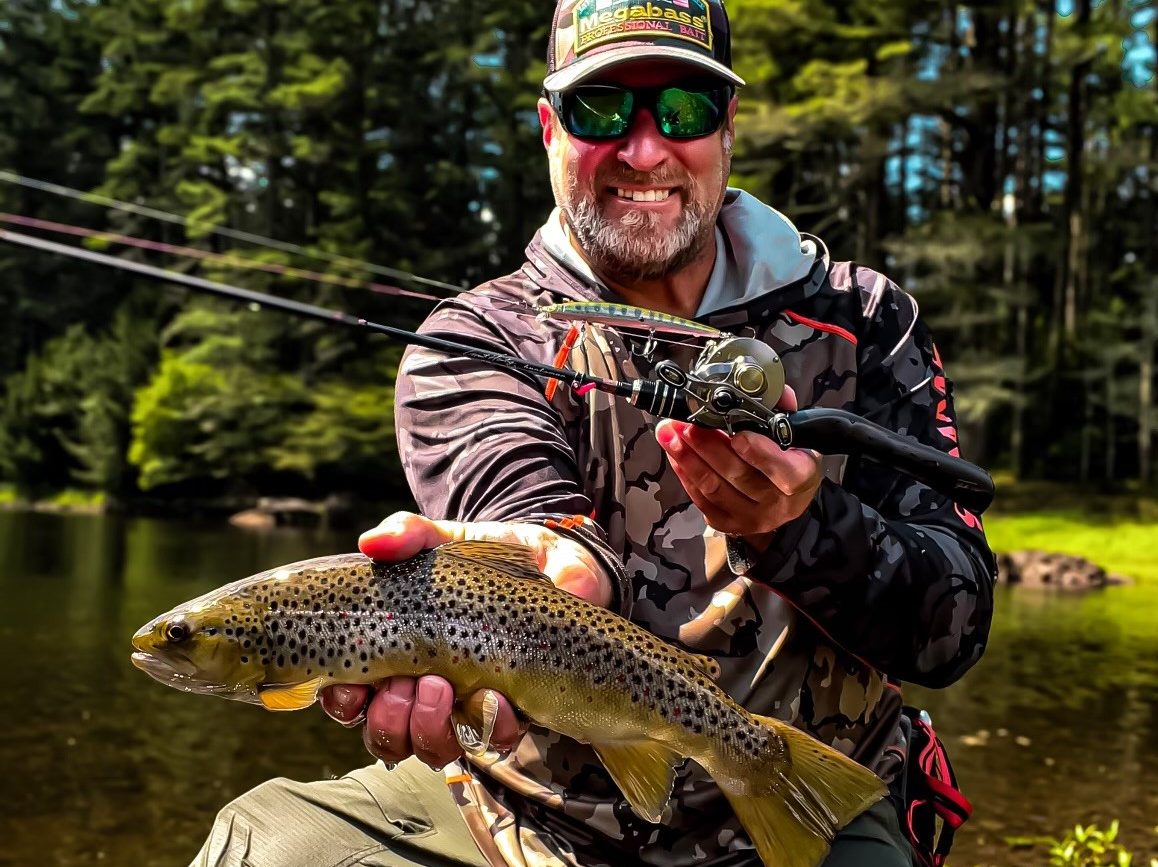
Perelli spent his childhood summers in Roscoe, New York, fishing many of the east’s most vaunted trout streams with his grandfather. His uncle guides for trout in Oklahoma today, so it runs deep in his blood, but somewhere in between then and now he fell under the spell of tournament bass fishing.
“I was a huge follower of Bassmaster,” he said. “I remember watching Denny Brauer and I ended up doing a lot of tournament fishing. I fell in love with it.” Justin is a regional hammer with countless angling accomplishments, despite his full time career not giving him the opportunity to pursue tournament fishing full time. At one point, Perelli planned to chase his dream of qualifying for the elites after retirement, but….after a period of time, tournament fishing started to leave him feeling like something was missing. The now 50 year-old Perelli never tired of it, but after a period of time it started to feel like something was missing.
“Everything now is plugged in,” he said. “Your computer. Your phone. Even on boats, your graph is plugged in, and sometimes it feels like it takes away from the reason we got into fishing in the first place.”
After his grandfather passed away, he was drawn back to the rivers of his youth. He hadn’t fished them in decades, but he immediately felt at peace, even though flood conditions had “the water climbing up my body as I was standing there”. Then shortly after he got home from this day, he received the news that his grandmother had passed away. It felt like it was a calling to go back.
Today, he spends more time wading out of the way streams than he does fishing big waters. “My body is my boat, my feet are my engine, my eyes are my transducer and my brain is my graph. I still love bass fishing, but this allows me to disconnect and clear out my thoughts.”
He’s not wielding a fly rod, though. Instead, he has bridged the gap between the two genres of the sport by employing light baitcasting gear and downsized hard baits, the leading edge of the BFS curve.
“My body is my boat, my feet are my engine, my eyes are my transducer and my brain is my graph. I still love bass fishing, but this allows me to disconnect and clear out my thoughts.”
WHY BFS?
“I’ve had a conventional rod in my hand for the last 30-something years,” Perelli said. “When I got back into trout fishing, I saw that pitching, flipping and roll casting all crossed over. It’s amazing how similar—yet different—bass and trout are.”
In many cases, Perelli is fishing for trout that may be as small as 6 inches long, and although they sometimes exceed 25 inches, it generally means downsized lure offerings. He’s quick to note, however, that a trout used to fighting the current its entire life is every bit as strong as a similarly-sized bass, if not stronger, so the BFS gear gives him the best of both worlds.
“It’s delicate but powerful,” he said. “You’re downsizing, but you’re also being aggressive.” Modern baitcasting reels have drags every bit as good as those found on premium spinning reels, but they’re far quicker to engage. “Trout are so fast on the strike, if you make the proper cast to an undercut bank sometimes they’ll hit the lure as it hits the water and then turn. If you don’t react immediately, the fish is gone.”
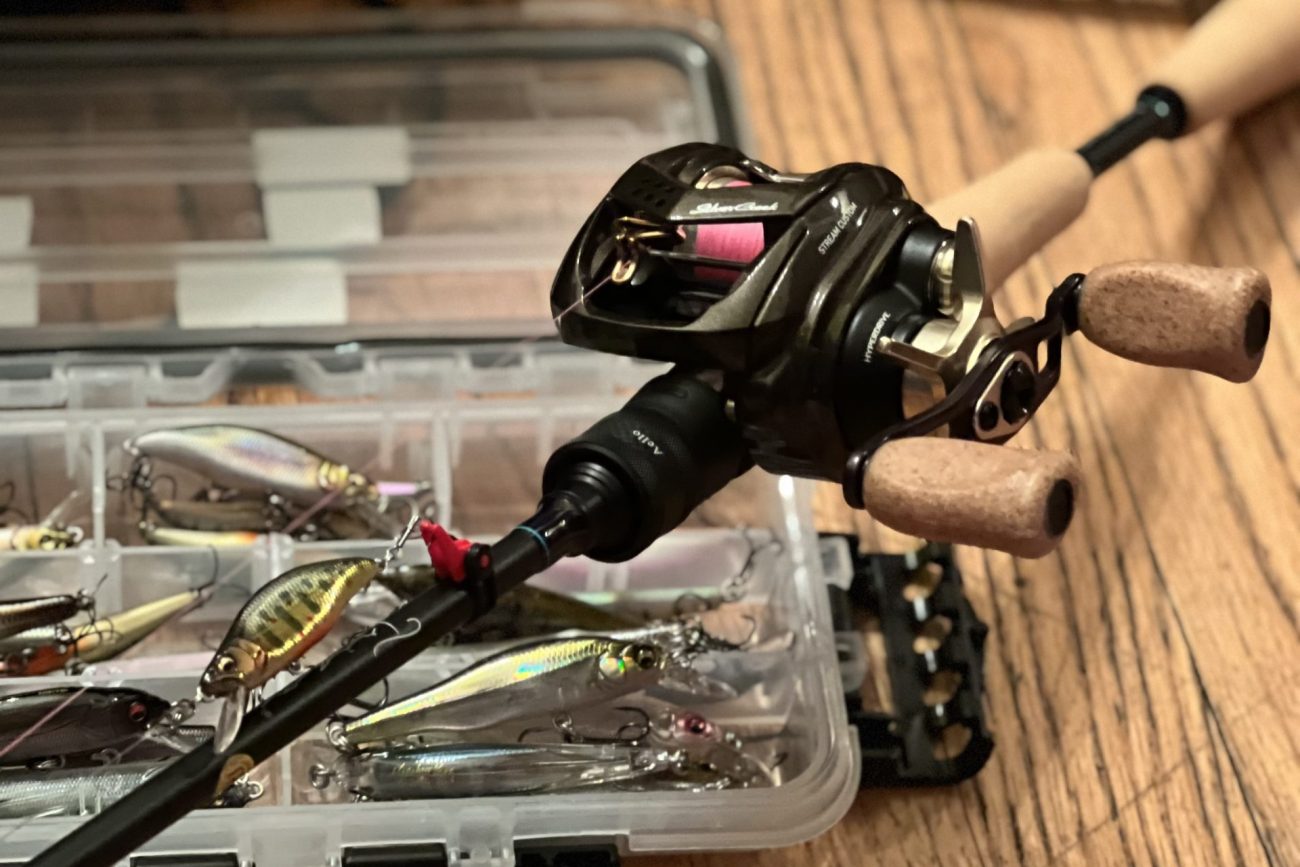
BAIT FINESSE RODS
"One misconception is that BFS fish are lure shy or require light line to bite"
While the basic baitcasting language is the same, for bass anglers used to hammering home 7’6” flipping sticks or 8’ swimbait rods, the tools differ substantially. Many BFS rods are multi-piece, which may surprise the hard-core tournament guys, but Perelli said it adds to his efficiency. He can hike into remote spots with two Megabass BFS rods disassembled in a tube, put together the one he needs to fish, and then switch as conditions demand.
In tight spaces, many of which hold smaller brook trout, he prefers a rod as short as 4’8”. Specifically, he relies on the Megabass GH48-4UL BFS EXTREME CLIMBER 484 and will sometimes go a bit longer with the GH HUNTSMAN GHBF53-3UL. For the larger streams that hold bigger browns and rainbows he dotes on the GH HUNTSMAN GHBF53-3UL and for large rivers with diverse cover options and big trout he goes up to GH HUNTSMAN GHBF60-4L, the Triza F0-63XTZ AELLO (his most-commonly used BFS rod) and the Destroyer P5 F1-63X POP-X STICK, depending on lure choices.One misconception is that BFS fish are lure shy or require light line to bite. Contrary to this thinking, strikes typically seem to appear out of reaction and/or aggression. Perelli feels comfortable using 13 pound test braid with anything from 4-10lb fluorocarbon leaders.

SMALL LURES THAT PUNCH ABOVE THEIR WEIGHT
Perelli’s lure choices are dictated by a variety of factors, including the size of the water bring fished, the size and aggression of the fish being targeted, and of course, forage. But he has certain go-to models that stay in the rotation and often provide a great starting point.
On smaller streams, he often starts with the GH45 and GH50 FLATSIDE. On first glance it might be difficult to tell whether these lures are crankbaits or jerkbaits, as they can effectively be fished as both. On a straight reel, these baits flash and vibrate, but when twitched during retrieve, they act erratically with a wandering/hunting action. In addition to these baitfish imitators, he also frequently takes to the surface with the GH HARUZEMI or NANO SIGLETT, lifelike BFS topwater hard baits that mimic cicadas, caddis, and other insects.
“I will present these baits with a natural drift in the current while mending line for the most life-like presentation,” he said. “I will also give it small twitches to move the wings and cause some surface commotion and lastly if they are feeding hard on the surface I will reel it steadily for the most aggressive fish. As for the FLATSIDES, I will begin with a slow and steady retrieve in the calm pools but as I get into the faster water or see the activity level of the fish increase, I will incorporate a stop-and-go or a quick reel-and-twitch cadence.”
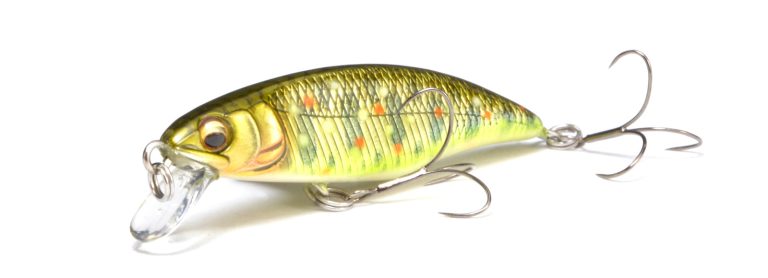
When he moves to wider streams with larger trout present, he’ll turn to the GH HUMPBACK series, which have more flashing and wobbling action, as well as greater stability and a faster sink rate for deeper and faster-moving waters. “Retrieves for the HUMPBACK series are similar to the FLATSIDE but a bit faster and more aggressive,” he said. “I am trying to cover a large amount of water in a short period of time, looking for a reaction strike from the most aggressive fish.
In slower pools and shallows, he employs the GH70 FLATSIDE, a comparatively large (2.75 inch) baitfish replica that draws in curious and aggressive fish. While working the GH70, “a cadence with jerks, pauses and pulls can be effective, and even a slow and steady retrieve with intermittent small twitches also works great,” said Perelli. The GH70 can also be cast upstream cross-current and drifted down on slack line to eventually swing across the current when the line becomes taut; similar to how a fly angler fishes a streamer or wet fly.
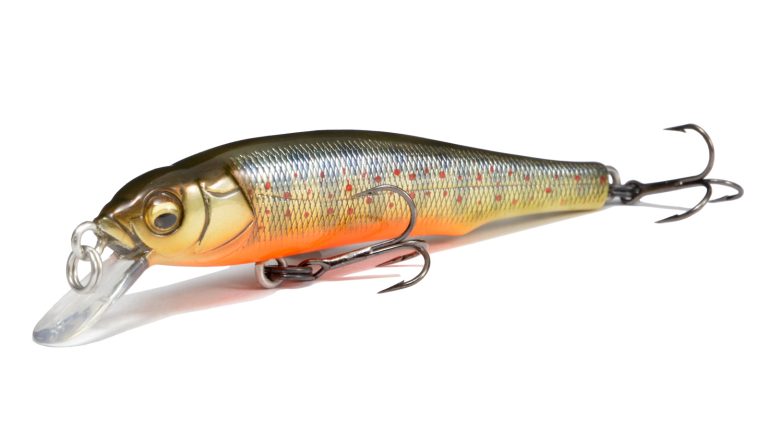
Don’t hesitate to get super-erratic and mix up retrieves in these bodies of water as fish will come a long way to inspect the GH70 and can often strike within a few feet of you, adding to the excitement.
“Don’t be surprised to find some fish facing downstream in the back currents,” he explained. “Adjust your presentation to work the lure upstream against the current to trigger bites from these fish.”
Where the water is slightly deeper, around faster-moving water, off-colored water or where the opportunity for bites in tight spaces is evident, he turns to the GH44 and the 52 BAT-A-FRY. These aggressive performers are packed with tungsten for the fastest sink rate in the lineup and have an uncanny ability to navigate swift currents with a hard-vibrating presence. This heavy-duty action often draws fish from heavy cover or longer distances, and produces some of his most vicious strikes.
“I’m 6’1” and 280 pounds and I’ve been swinging a hammer since I was 15,” he said. “And some of these fish literally rip the rod out of my hands.”
With the BAT-A-FRY, he often purposely strikes cover hard to generate deflections that will call out fish sitting tightly to the sides of rocks in swift currents. In these situations, he’ll go to the 10lb end of the fluorocarbon leader spectrum to provide extra abrasion resistance. He also utilizes a lift-and-drop technique off the bottom, similar to what bass anglers might use with a blade bait or a lipless crankbait. This triggers fish that are holding close to the bottom which are only willing to move to feed under extreme duress or the under the safety of nighttime cover.
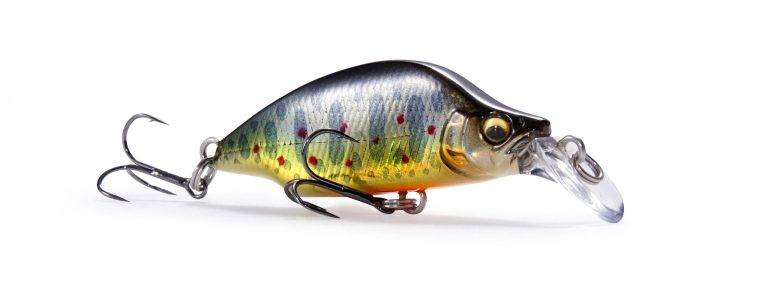
Finally, when he is confronted with long, seemingly featureless stretches that can at times hold a single giant, isolated trout, he uses the MR-X GRIFFON (BFS) crankbait, a holdover from his hard core bass days. This allows him to cover vast amounts of water to increase his chances of a trophy bite in these areas.
With all bait choices, he keeps lure colors relatively simple. Often this means something gold like KINKURO, something silver, or a reactionary color like LZ PINK BACK YAMAME. In high, fast or stained water, even brighter colors like PA MARK MAT TIGER come into play. In crystal clear and smaller, slower-moving waters, he turns to the most natural shades, like LZ HIGHLAND WAKASAGI.
THE RENEWED LEARNING PROCESS
“I can relate Tommy Biffle fishing undercut banks on Oneida to the way I approach certain bends in the river”
Perelli didn’t have to forget what he’d learned from decades of serious bass fishing to experience BFS trout success. On the contrary, his body of knowledge contributed mightily to the learning curve. On streams 10 feet wide, he uses the same stealth and short line techniques that allowed him to flip grass or other heavy cover, and likewise helped him to react to situations where “the strike zone is a fraction of a second.”
A background in pattern fishing, and changing weather conditions, also taught him the importance of adaptability.
“That’s why I carry two rods, because sometimes even the same river can seem like two different bodies of water in the same day,” he said. “Every body of water changes every single day. I’ve learned to read it with my eyes and feel it through my waders, everything from hiding my shadow to analyzing how the river is running.”
He compares a brown trout to a largemouth, a rainbow to a smallmouth and says that a brook trout is “somewhere in between,” but even beyond that, there are situations that parallel and mirror past experiences. Years of fishing tidal waters helped him understand current, but there are even more precise images getting revived in his mind’s eye every day.
“I can relate Tommy Biffle fishing undercut banks on Oneida to the way I approach certain bends in the river,” he explained. “And there are situations that are just like flipping log jams in Ticonderoga. I call it ‘flying a kite’ – you get upstream of the log jam and use the current to your advantage, releasing your thumb bar and getting the lure under there to big browns that have never seen a fly or a lure.”
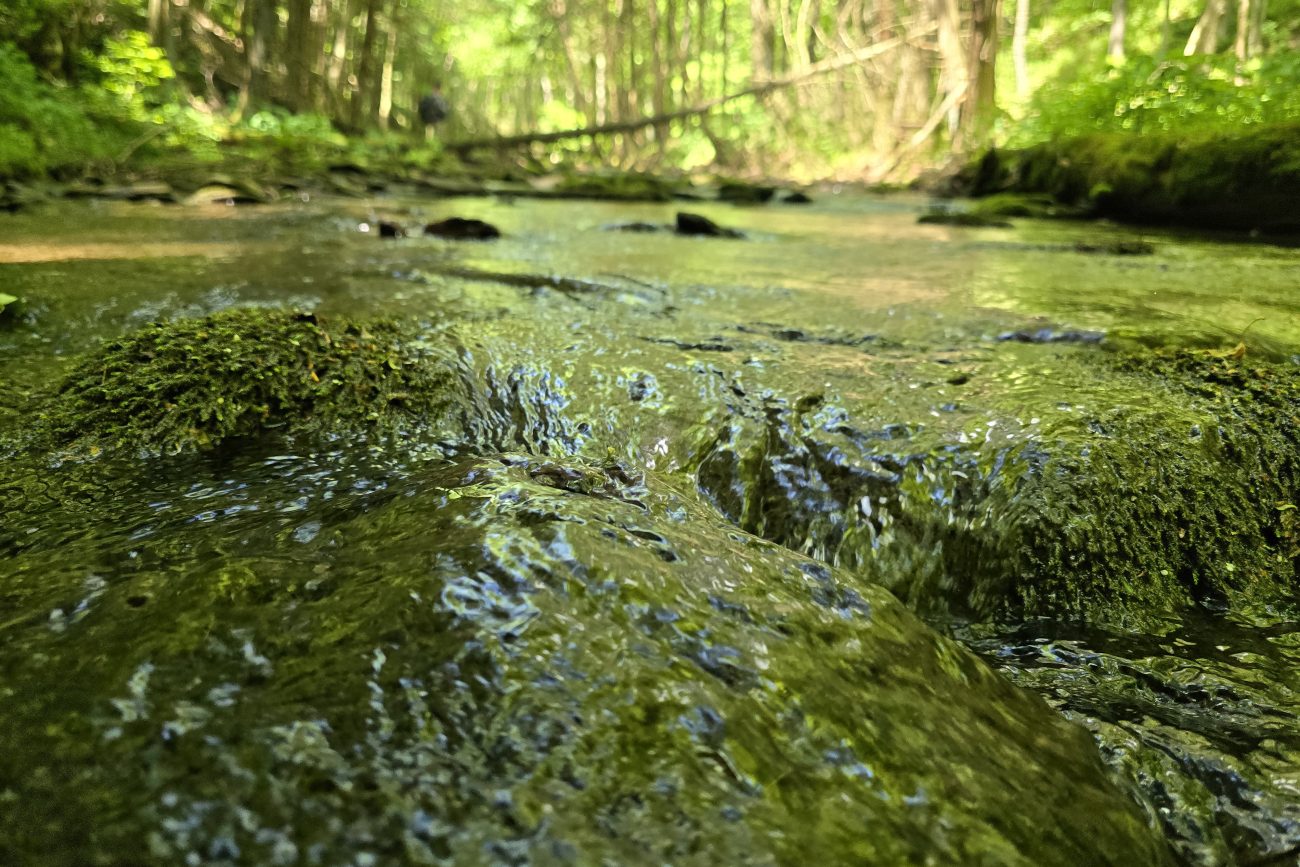
WHAT IT ALL MEANS
"It's the feeling of being completely independent from all technology and knowing that every success from here on out is completely reliant on your preparation, evaluation, commitment, and execution.”
Like most serious anglers, Perelli’s initial foray into unplugging and clearing his mind has turned into a nearly all-consuming obsession. Yet it still brings him back to the best of all worlds – the sense of adventure that has always driven him, the love of the sport, and an appreciation for purpose-driven tackle.
“For me it is a way to connect to incredibly fond memories of sharing a stream as a child with my grandfather, mother, father, brother and uncles,” he said. “It is the anticipation of a new adventure. It’s rigging up your rods, loading up the essentials in your pack and trekking off to the unknown — a way to test yourself both physically, mentally and emotionally. It’s about driving through the night and pulling off a dirt road somewhere you’ve never been stepping out of the truck and listening to the sounds of nature instead of civilization. It’s the feeling of being completely independent from all technology and knowing that every success from here on out is completely reliant on your preparation, evaluation, commitment, and execution.”
Now he’s ready to take the BFS game back to his old haunts. “I want to catch a 6- or 7-pound bass on it,” he said, but he also longs to beat his personal bests on the three species of trout he chases most frequently.
Furthermore, he hopes to share his journey and his renewed love of fishing with others in the sport.
“I want to help to develop baits and push this style of fishing,” he said. “It’s something you can do with kids. It’s cheaper than buying a boat and there’s no gas or maintenance. You’re just sharing the moment, or enjoying a moment all to yourself. There’s no greater peace that you can find than I’ve found in the last year and a half walking the rivers and mountain streams.”

